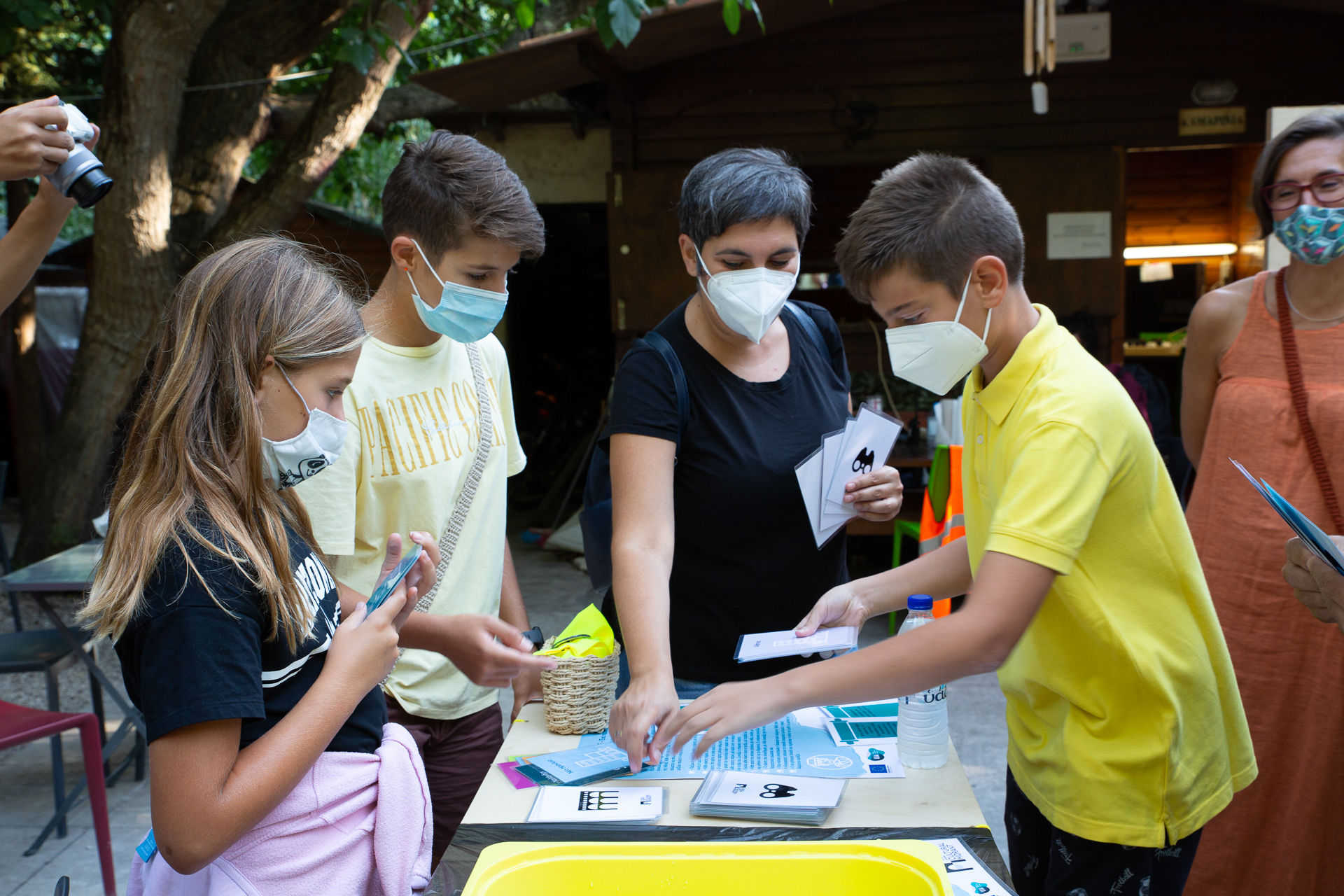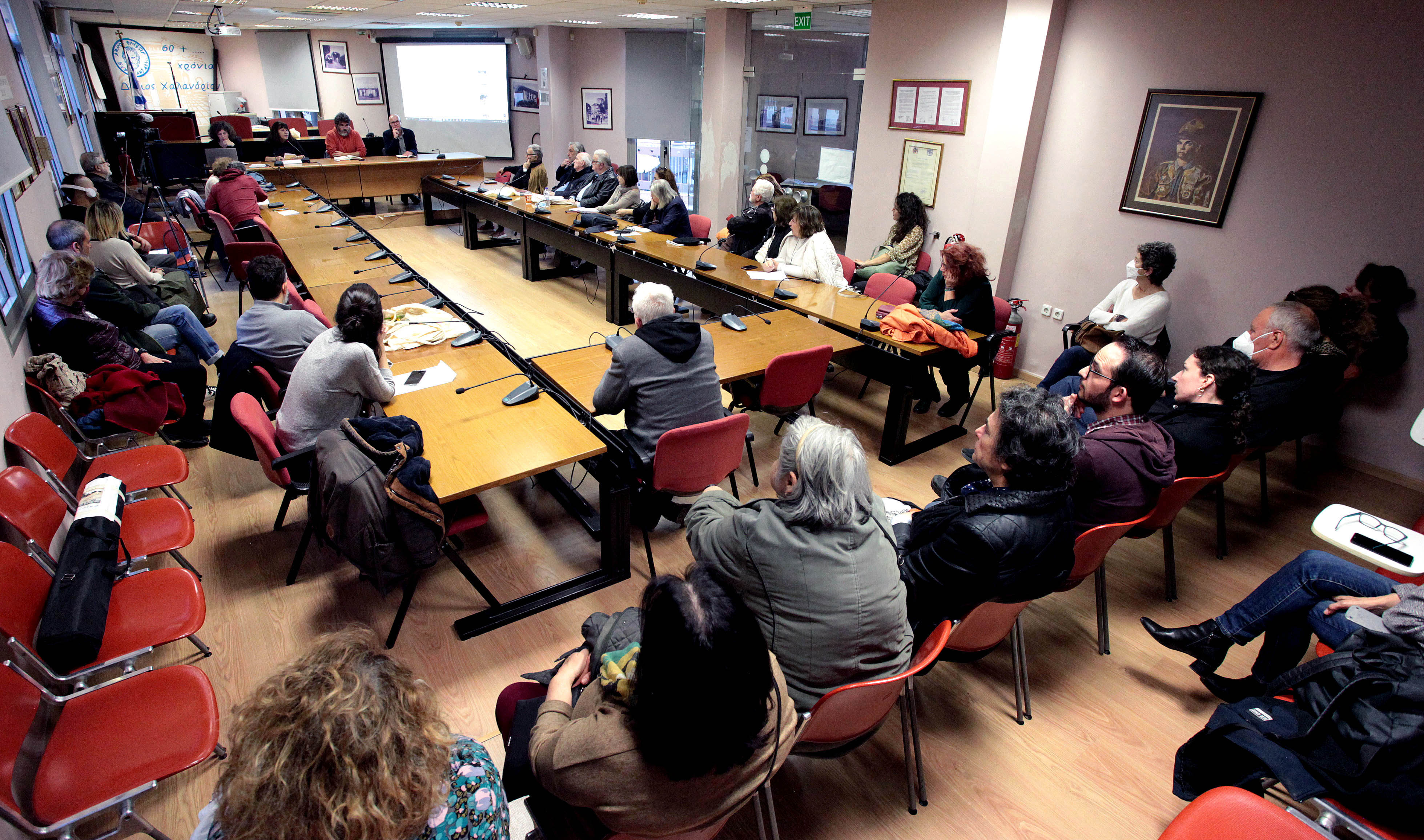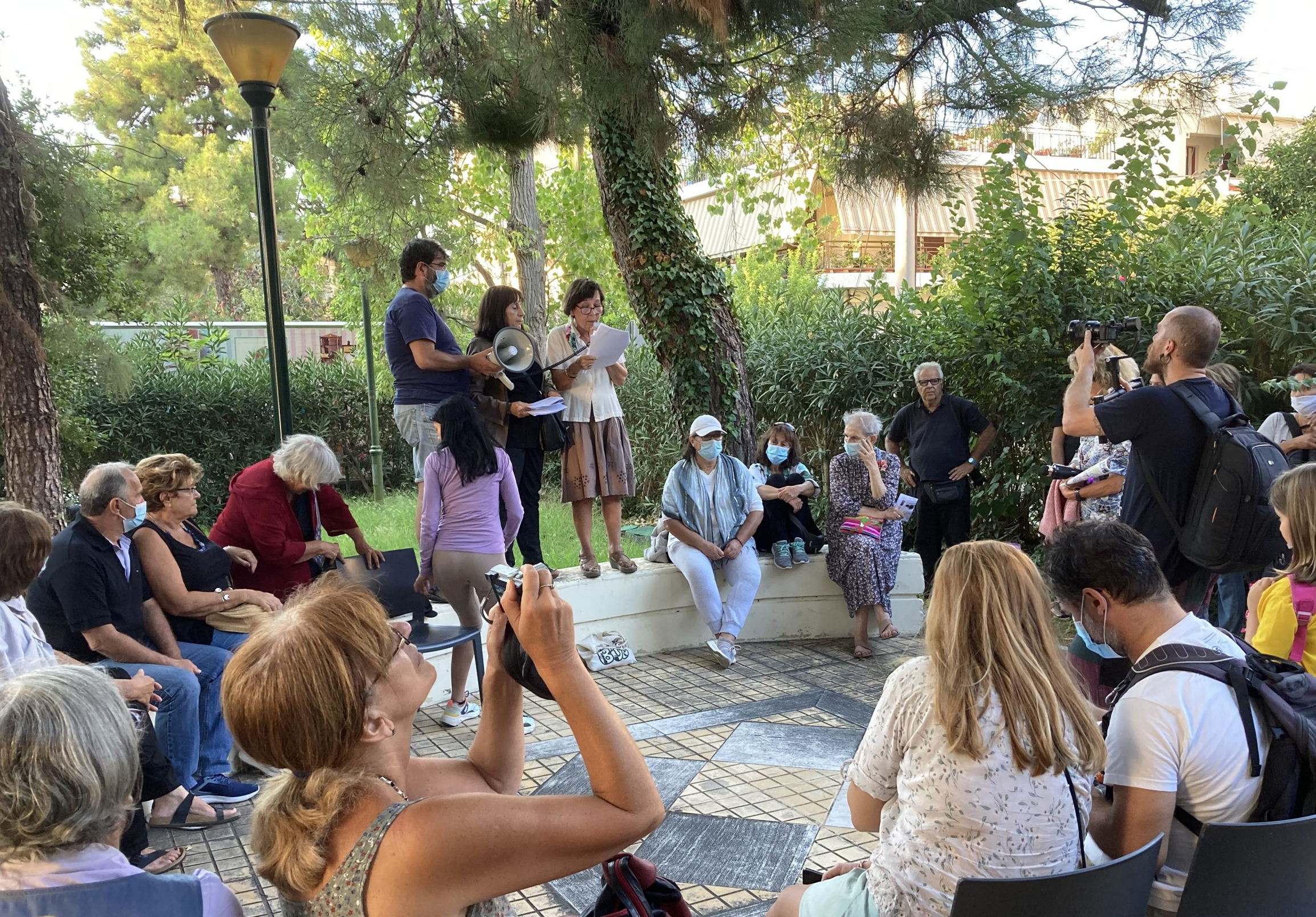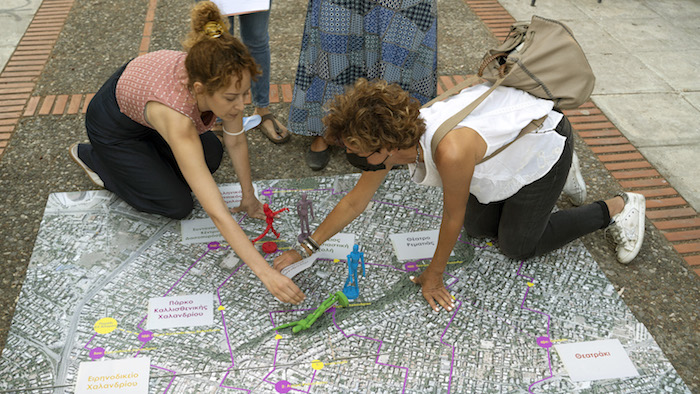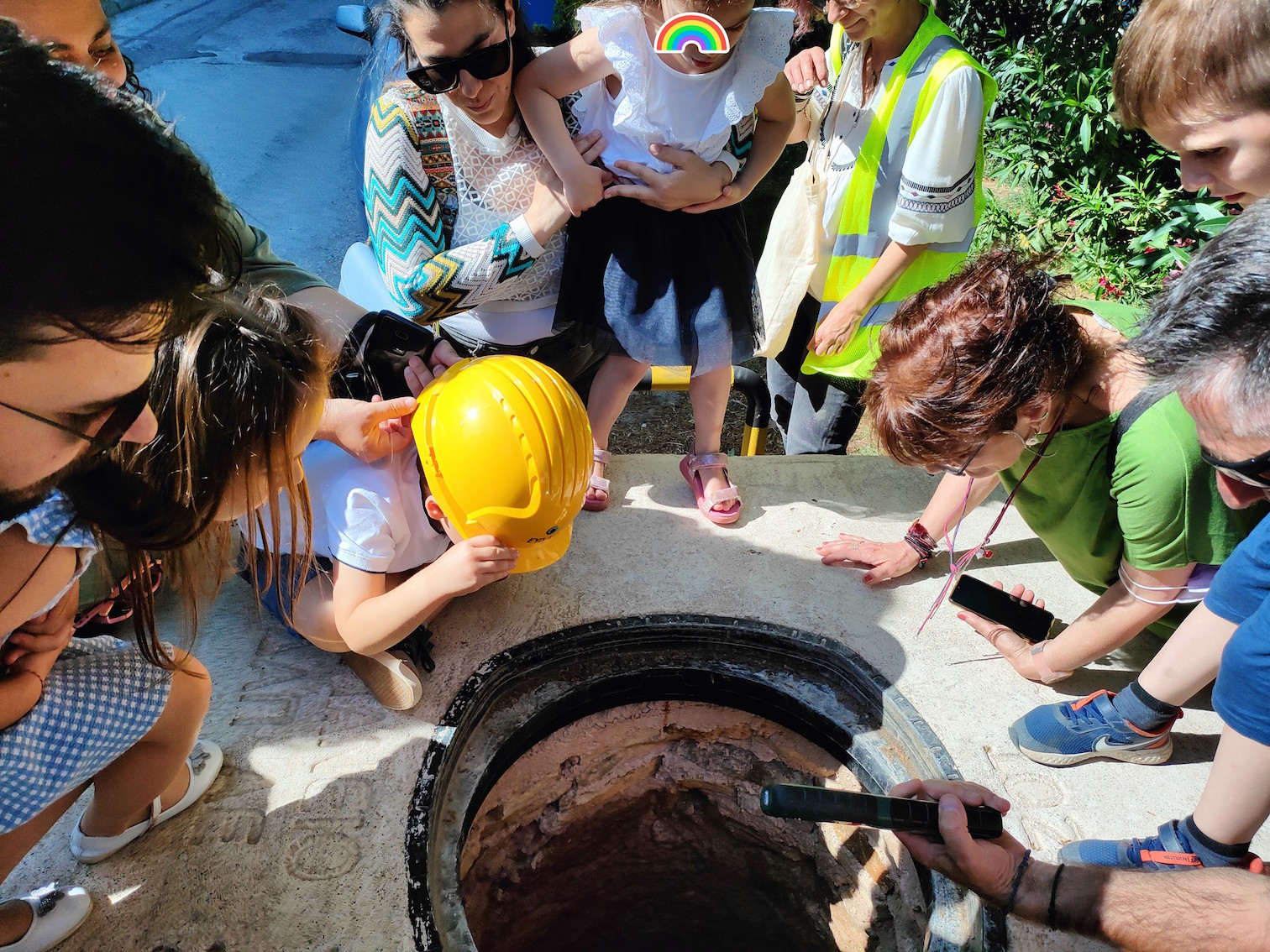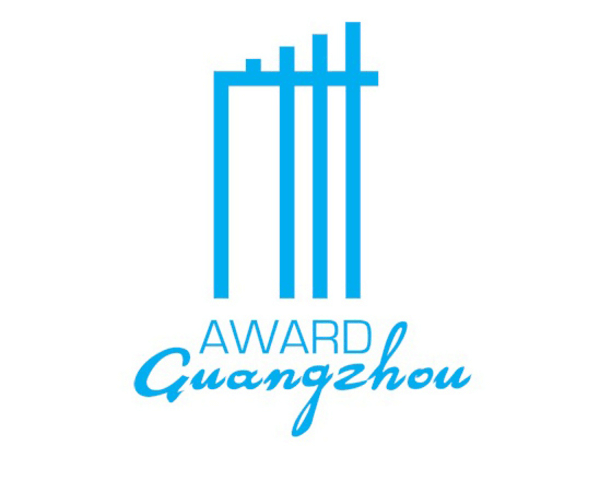Status
completed
100%
City
Athens
Main actors
Local Government
Project area
Neighborhood or district
Duration
2020 - 2024
The Cultural H.I.D.R.A.N.T. project (CH) aims to uncover and utilize local heritage, both physical and cultural, to improve community wellbeing. The project has local and broader community reach, using water as a way to connect people to their cultural heritage. It also seeks to revitalize unused urban water resources.
CH reintroduces the Hadrian Aqueduct, a Roman-era underground infrastructure, into the daily life of the city, going beyond traditional tourism. The project presents the aqueduct as an important historical site, a modern urban feature, a piece of local history, and an underused water resource. The goal is to change the cultural image of Halandri, making it stand out from the heritage-rich centre of Athens.
Guangzhou Award
This project was awarded the 'Guangzhou Award' in 2023.
External links / documents
On Map
The Map will be displayed after accepting cookie policy
